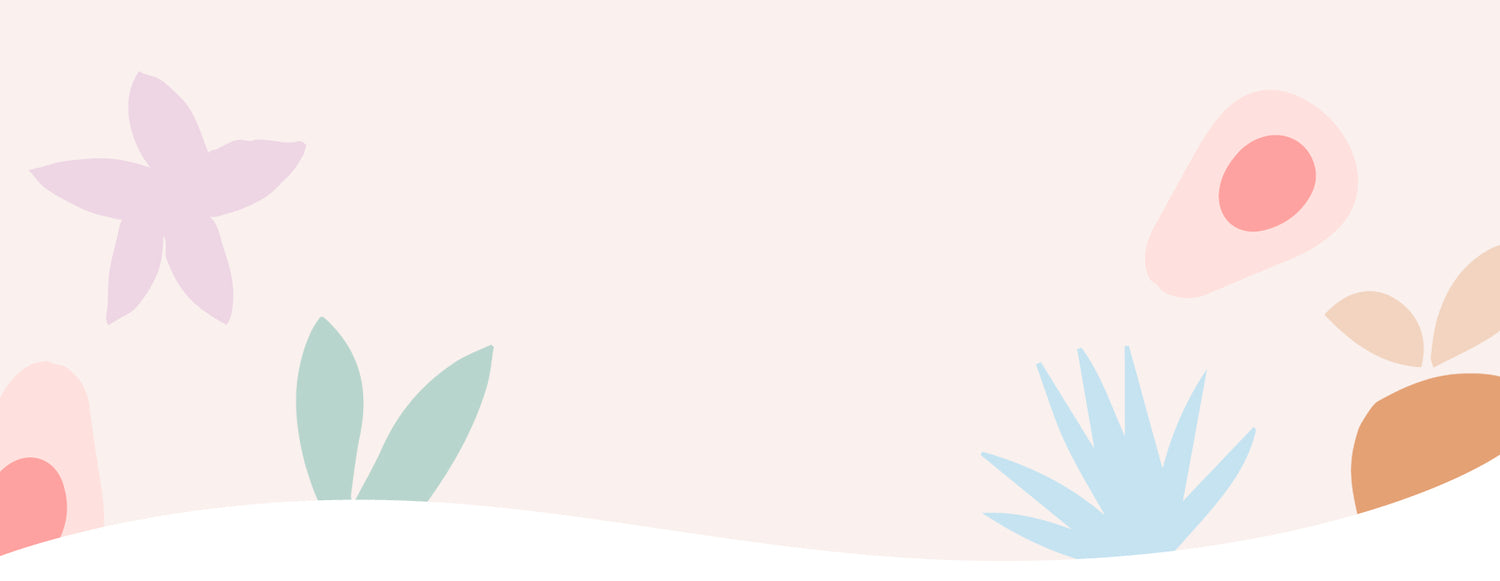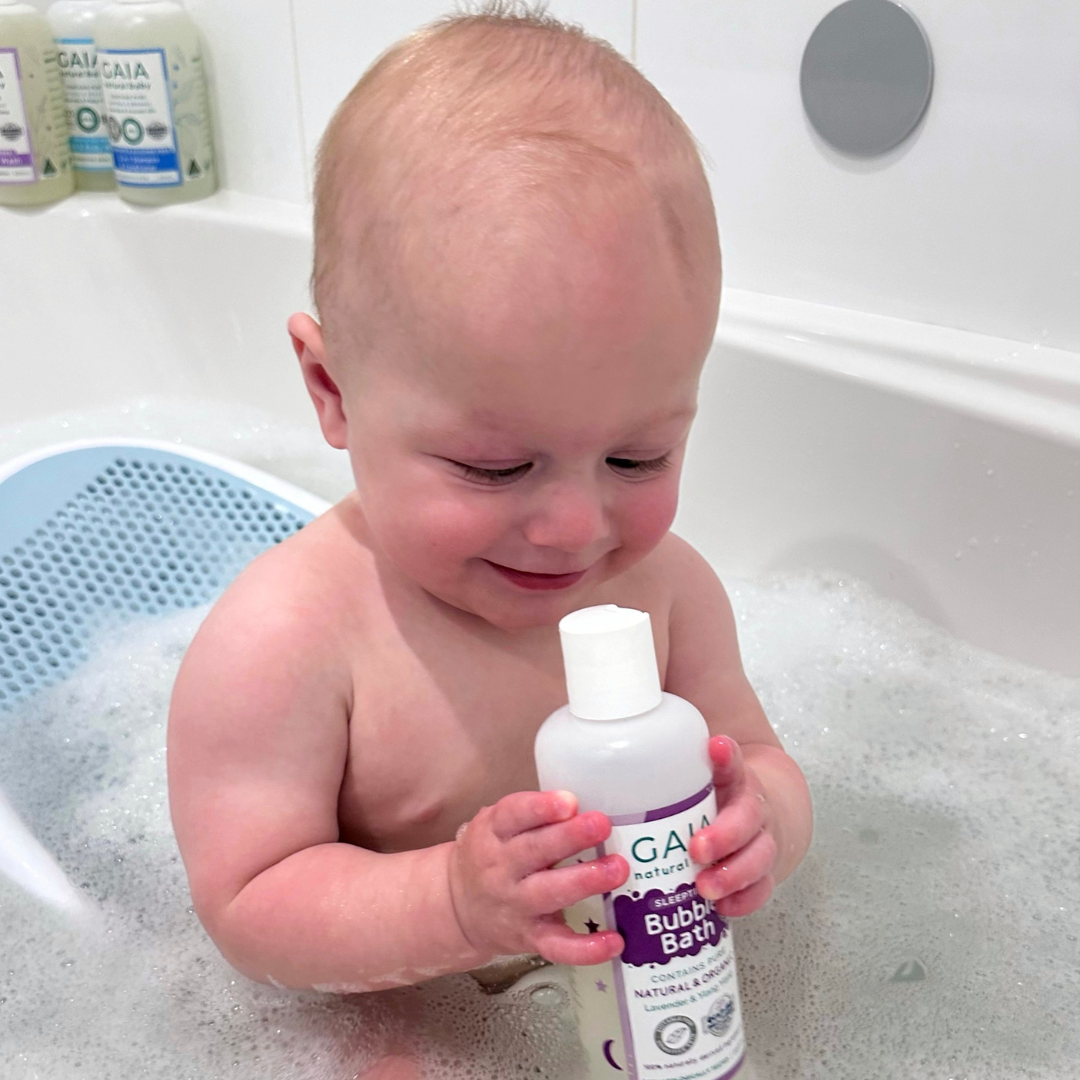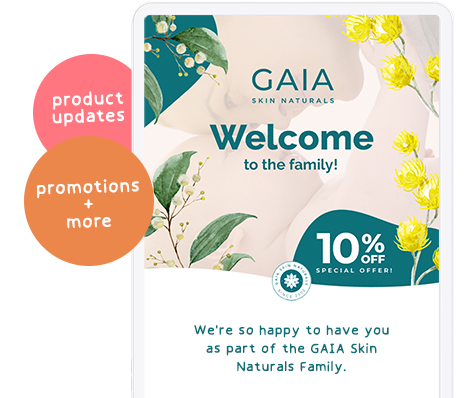Many parents feel a little nervous when they’re learning how to bath their baby. But with time and practice, bathing soon becomes a special time and something to look forward to.
Bathing can be an opportunity to connect and bond and also help babies to feel more comfortable. Many babies love bath time and some are not so keen. You’ll soon know when your baby prefers to be bathed and how to fit this in with your daily routine.
There are no ‘rights or wrongs’ when it comes to baby bathing. The most important thing to make sure of is that your baby is safe.
What can I do if my baby cries during their bath?
Support your baby’s face and head clear of the water and talk gently to them. Newborn babies often cry and protest when they’re being bathed, perhaps because they feel exposed and a little vulnerable. It often helps to place a warm, wet washer over the baby’s tummy and a towel on the bottom of the bath to help them feel more secure.
Avoid making the bath too shallow. Fill the bath with enough water so it covers your baby’s tummy and they can kick freely.
How often should I bath my baby?
A bath 2-3 times per week is enough for most babies to keep their skin clean. Bathing too frequently can dry out their skin, especially for babies who are already prone to skin dryness. It’s fine to bath your baby more frequently or even daily, especially if they enjoy a bath. Bathing often helps babies to relax and cool down when the weather is hot.
If you don’t have the time, or would prefer not to bath your baby every day, a quick ‘top and tail’ is also fine. Do this by cleaning your baby’s face and eyes with cotton pads and plain warm water. Use a washer to clean your baby’s hands and nappy area, then pat their skin dry with a soft towel.
It may suit you on some days just to give your baby a quick bath, and on others to take more time.
When is the best time to give my baby a bath?
There will be no one right time to give your baby a bath. Try to pick a time when there’s less chance of your baby getting cold and you’re not rushed. It can help to remember that bathing isn’t just about skin cleaning, but a way for you and your baby to communicate and connect with each other.
If you feel nervous about bathing your baby, it may help to plan for a time when your partner or another trusted adult can be with you, at least until you become more confident.
Being organised for bath time
Try to be organised for your baby’s bath time. Although you won’t need much, there are a few important things you’ll need to have close to hand. Being organised will also help you avoid feeling rushed, so you’re both more likely to enjoy it.
What you’ll need to bath your baby
Take a moment or two before bathing your baby and have these items at hand’s reach:
- A couple of towels laid out and a clean washer. Try to keep your baby’s towels/washers separate from everyone else’s in the household.
- What you use to bath your baby is up to you. Most parents find a baby bath is the best option, either on a stand, or placed on a stable bench or table top. Some parents prefer to shower with their baby and don’t use a bath at all.
- A clean nappy and clothing.
- Nappy rash cream if your baby has a rash, or they are prone to developing a rash.
- Some type of bath wash or cleanser. Avoid using bubble bath because it can irritate sensitive skin.
- Massage cream or oil if you’d like to massage your baby at bath time.
How do I bath my baby?
You’ll develop your own preferences for how you bath your baby. Here are some general tips:
- Fill the bath with warm water and check the temperature with your elbow, wrist or bath thermometer. It should feel comfortably warm. An ideal temperature is around 37-38 degrees Celsius.
- Run cold water through the tap first and after filling the bath to avoid the risk of burning.
- Talk gently to your baby as you lower them into the bath. Try to establish eye contact with them so they feel safe.
- Bath your baby in a head-to-toe direction. Start with their face using plain water only, especially around their eyes and mouth, then use baby wash or soap on their skin and hair. Cradle cap can be avoided by gently massaging your baby’s head.
- Wash their hair with baby shampoo or cleanser and rinse well. Also clean behind their ears where oil can build up.
- Hold your baby securely with one hand and use your free hand to wash your baby’s skin. Use a wet washer to clean inside their skin folds.
- Lift your baby gently out of the bath on onto a clean, dry towel. Gently pat their skin dry and make sure you dry well inside their creases.
- Place a clean nappy on your baby and then dress them in clean clothing, starting with a fresh nappy.
Safety tips for baby bathing
- Never leave your baby unattended in the bath. Always take them with you if you’re called away.
- Always check the water temperature before placing your baby into the bath.
- Run cold water first into the bath before adding warm/hot water.
- Empty the bath when you’ve finished bathing your baby.
- Expect your baby to kick and move around in the bath, especially when they learn to enjoy it. They will develop head control from around 3-4 months but will still need help to keep their face and head out of the water. Once they can sit up you may prefer to bath them in the big bath.
- You may choose to use a non-slip mat on the bottom of your baby’s bath.
What cleanser should I use when bathing my baby?
It’s fine to use any baby soap, cleanser or wash. Many are labelled as pH balanced and suitable for babies or young children which can help to reduce the risk of skin reactions and irritations. There are lots of options available and personal preference will help to guide you in your choices. If your baby has sensitive or dry skin, it may be helpful to use a soap-free or Sodium Lauryl Sulphate (SLS) wash which is suitable for their skin type.
Written for Natural Baby by Jane Barry, Midwife and Child Health Nurse, September 2024.



